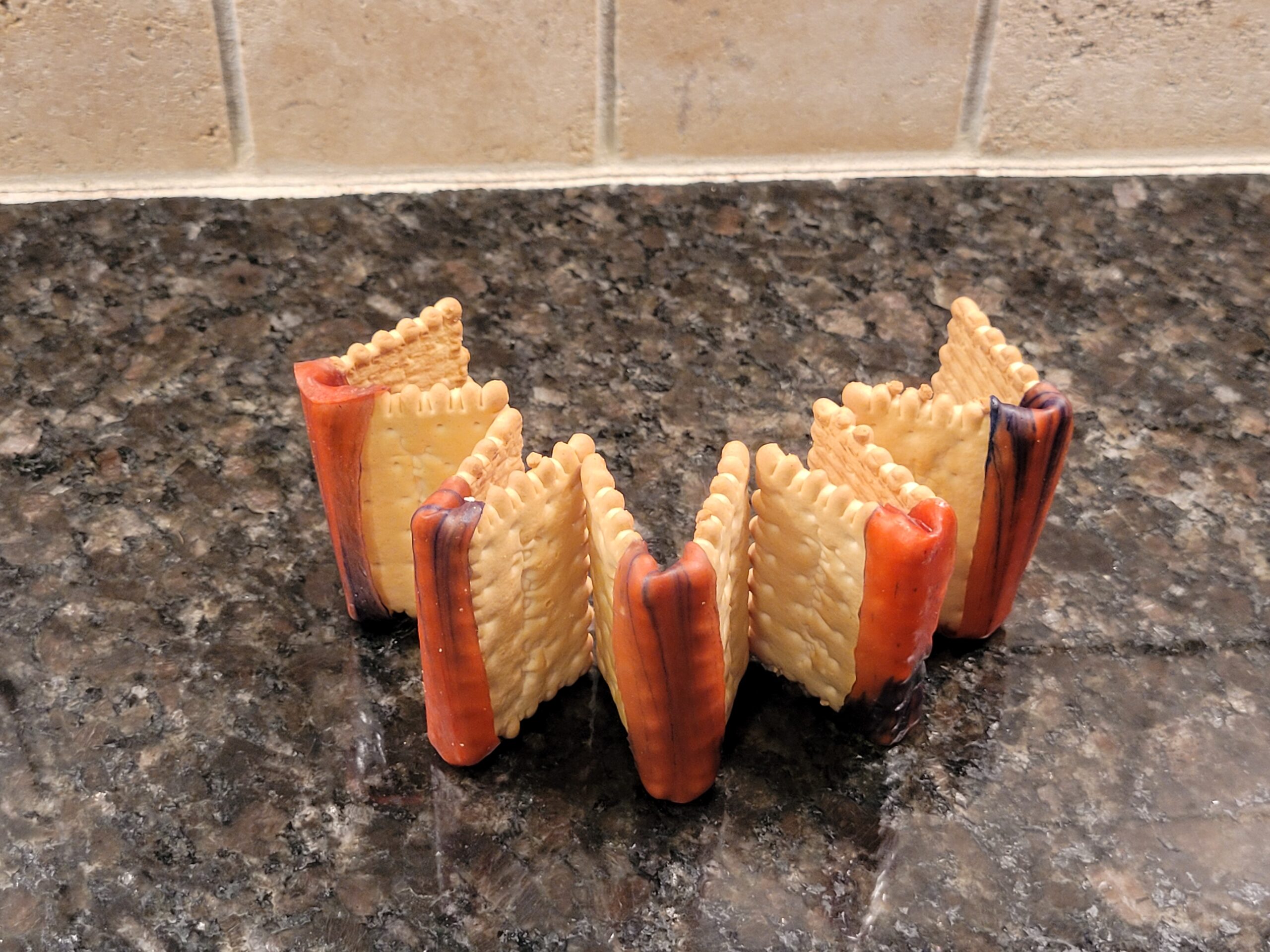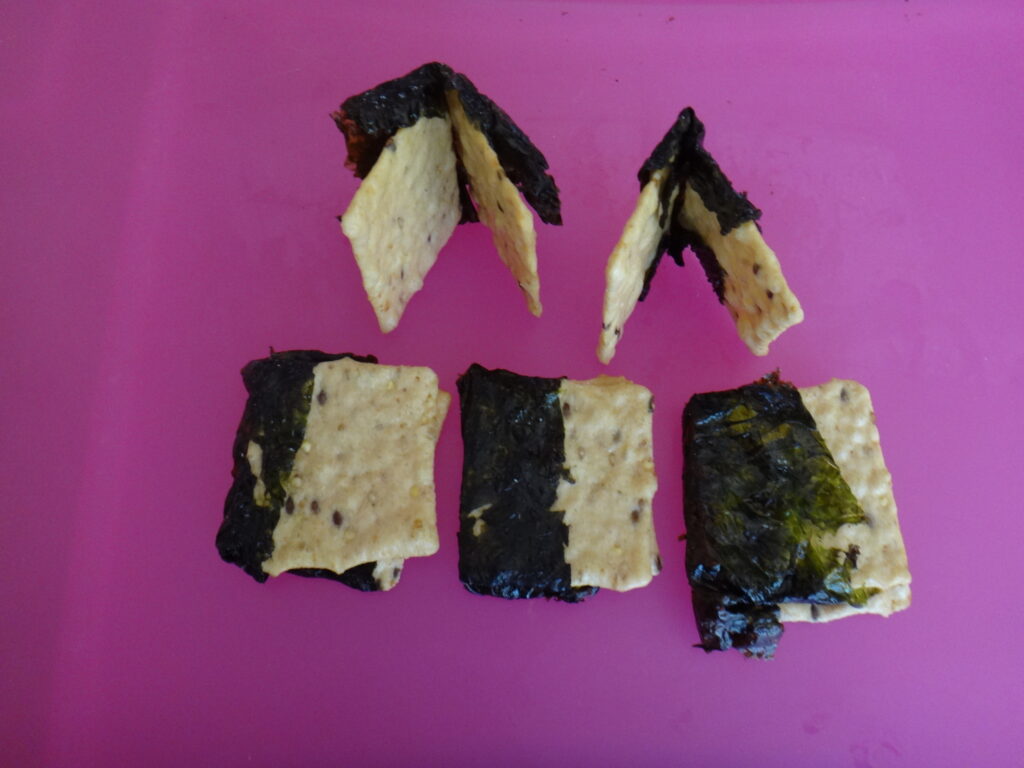| These are the things that Moses said to all of Israel across the Jordan in the desert in Arava, near Suf, between Tofel and Lavan and Khatzerot and Di Zahav. | Eile ha’dvarim asher diber Moshe el kol Yisrael be’ever haYarden bamidbar ba’Arava mol Suf bein Paran uvein Tofel ve Lavan va Khazerot vedi Zahav. | אֵלֶּה הַדְּבָרִים אֲשֶׁר דִּבֶּר מֹשֶׁה אֶל־כׇּל־יִשְׂרָאֵל בְּעֵבֶר הַיַּרְדֵּן בַּמִּדְבָּר בָּעֲרָבָה מוֹל סוּף בֵּין־פָּארָן וּבֵין־תֹּפֶל וְלָבָן וַחֲצֵרֹת וְדִי זָהָב׃ |
Torah Thoughts
The first book of the Torah, Bereishit, covers a span of (at least) several thousand years; the second, Shmot, about 400 years; the third, Vayikra, is laws and doesn’t really count in this explanation; the fourth, Bamidbar, covers about 40, and the last, Devarim, covers about a month, during which Moshe Rabeinu tries to make sure he transmits everything he can to the Jews before he dies.
The book of Devarim / Dvarim / Deuteronomy is the fifth of the five books of the Torah. It is sometimes referred to as “Mishei Torah,” which means the repetition of the Torah. It is so called because it primarily consists of Moshe (Moses) gathering the Jews around him and reiterating that which took place up to that point, that is, what is written in the first four books. For an interesting articles, see Redeeming Relevance by Rabbi Francis Nataf, Cp. 2 .
This week’s Parsha Noshes illustrate the five books of the Torah.





